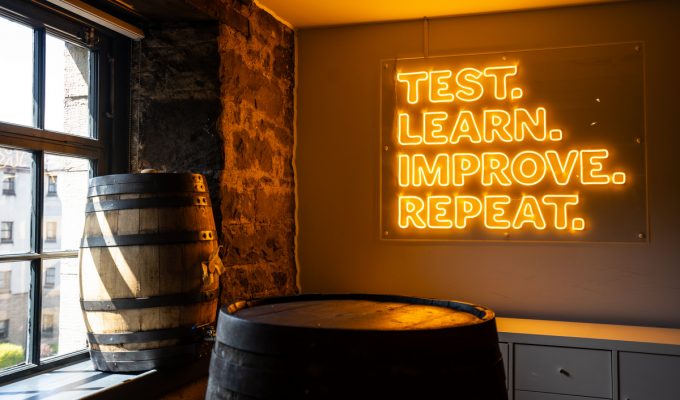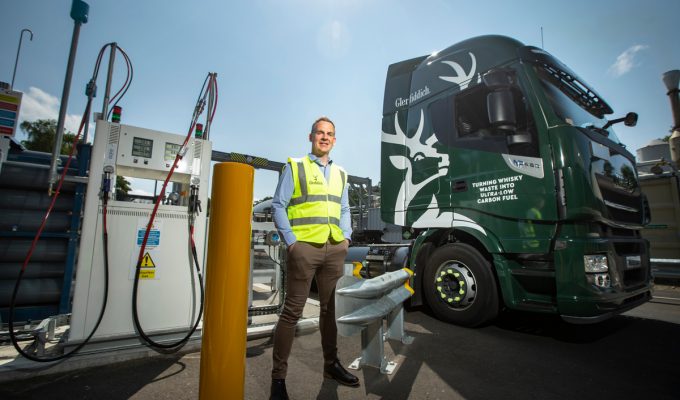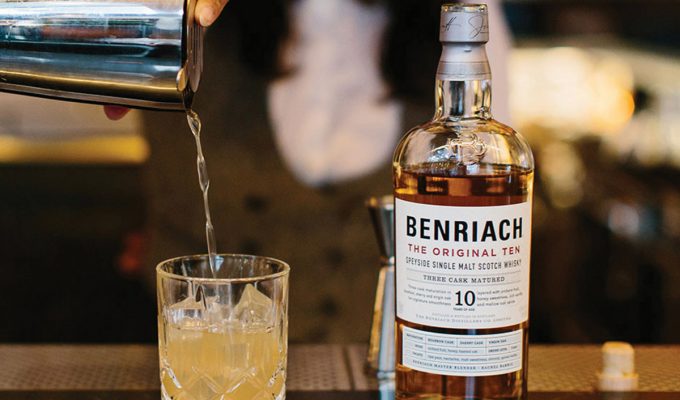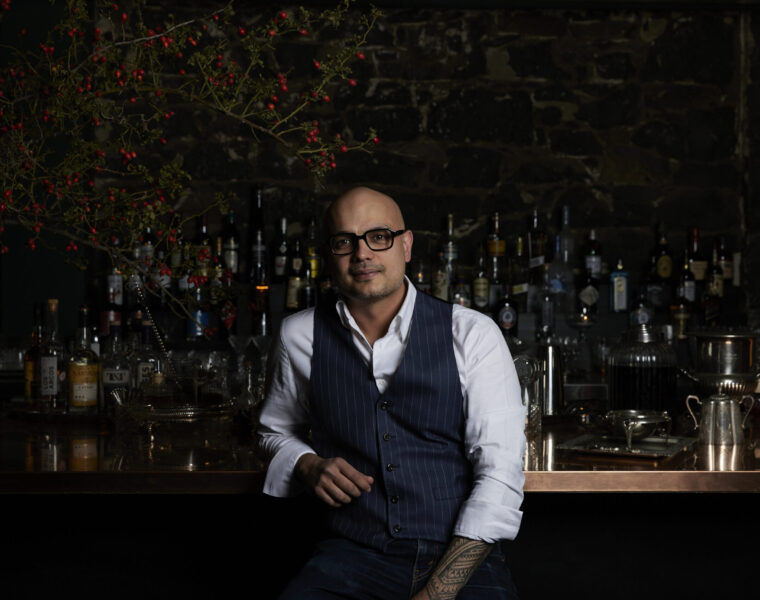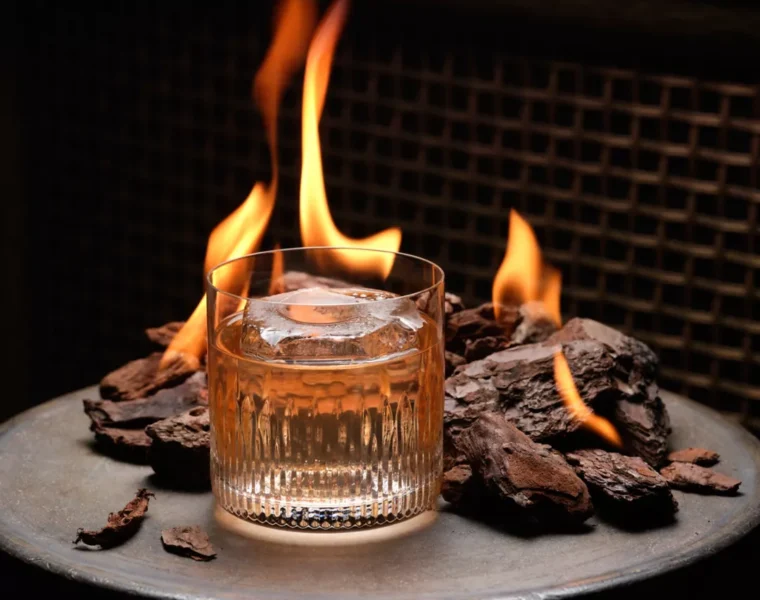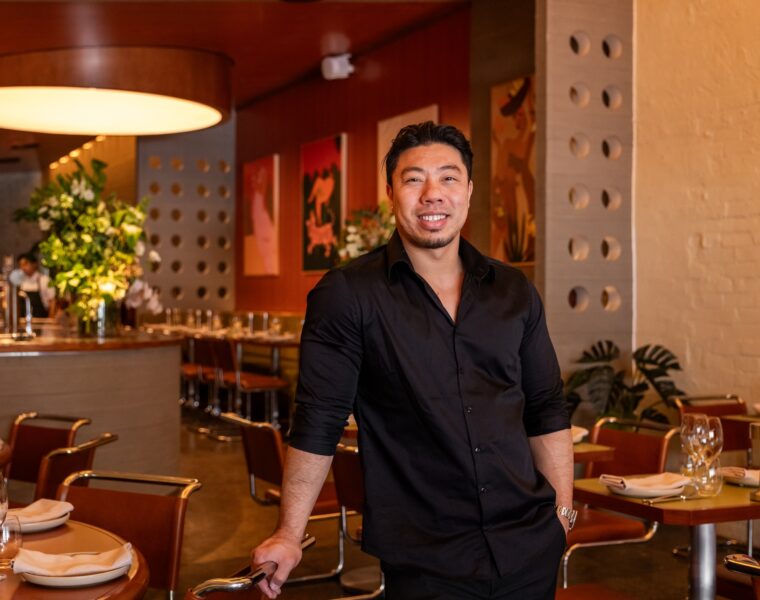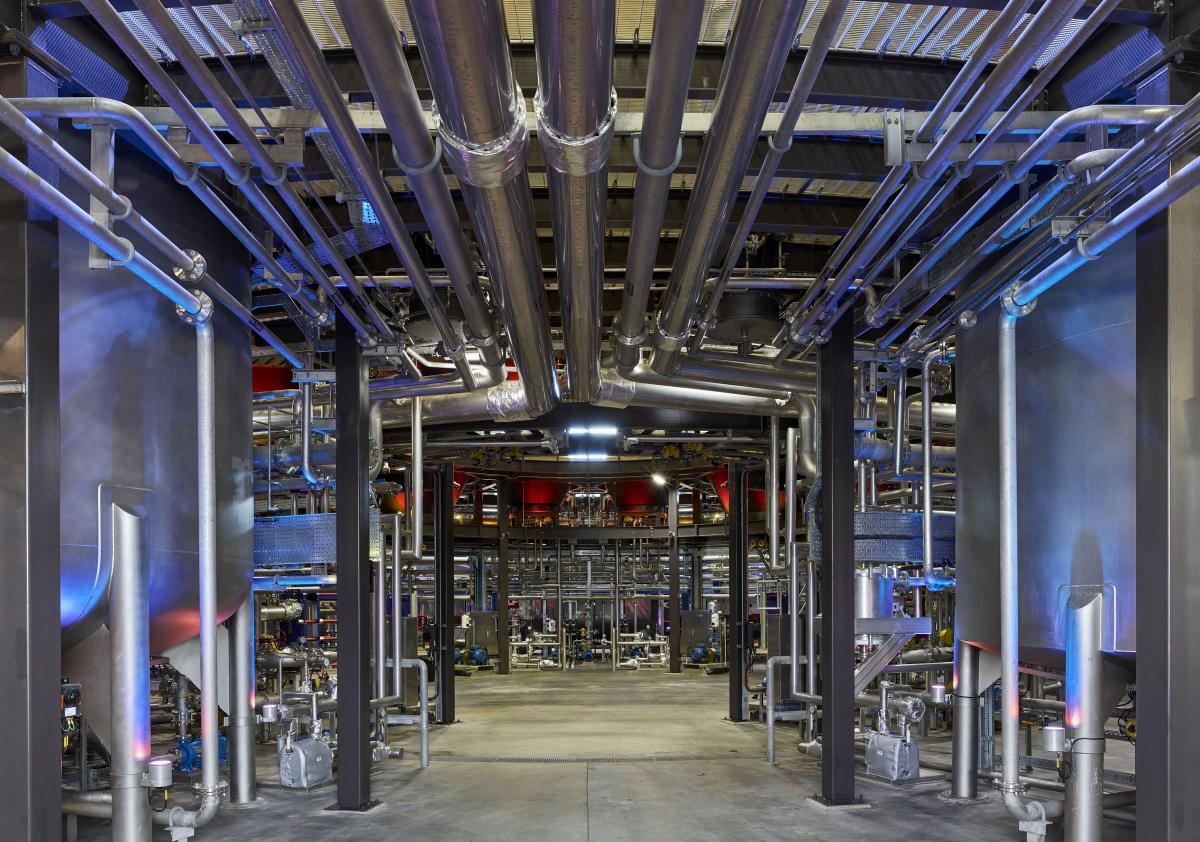
Story by David Spanton
Back just before COVID I was lucky enough to spend three weeks driving around Scotland visiting numerous wonderful distilleries and meeting all sorts of interesting people from master distillers, tour guides, still managers, bottlers, gift store supervisors, coopers and even the lorry driver transporting the liquid gold to Glasgow for aging or bottling.
Now over the years most distilleries have greatly reduced their staff requirements as technology has advanced the industry. Ownership consolidation has also given rise to more cost-effective off-site businesses that specialise in areas like cooperages, malting houses and bottling warehouses to name a few.
Speaking to different distilleries you understand that while production has sky-rocketed over the years the average distillery that once had say 200 workers can today operate with around 15 to 30 workers to produce upwards of three times the volume of whisky production.
Every area is under the microscope for efficiencies. Examples include the heavy distiller’s dry yeast bags that workers used to lug around to today’s lighter, more economical and more diverse liquid yeast pumped in by machine to stainless steel washbacks. These washbacks are quick and easy to clean by machine compared to the wooden Douglas Fir washbacks which need humans to get in to clean which results in a much slower turnaround for the next batch to start.
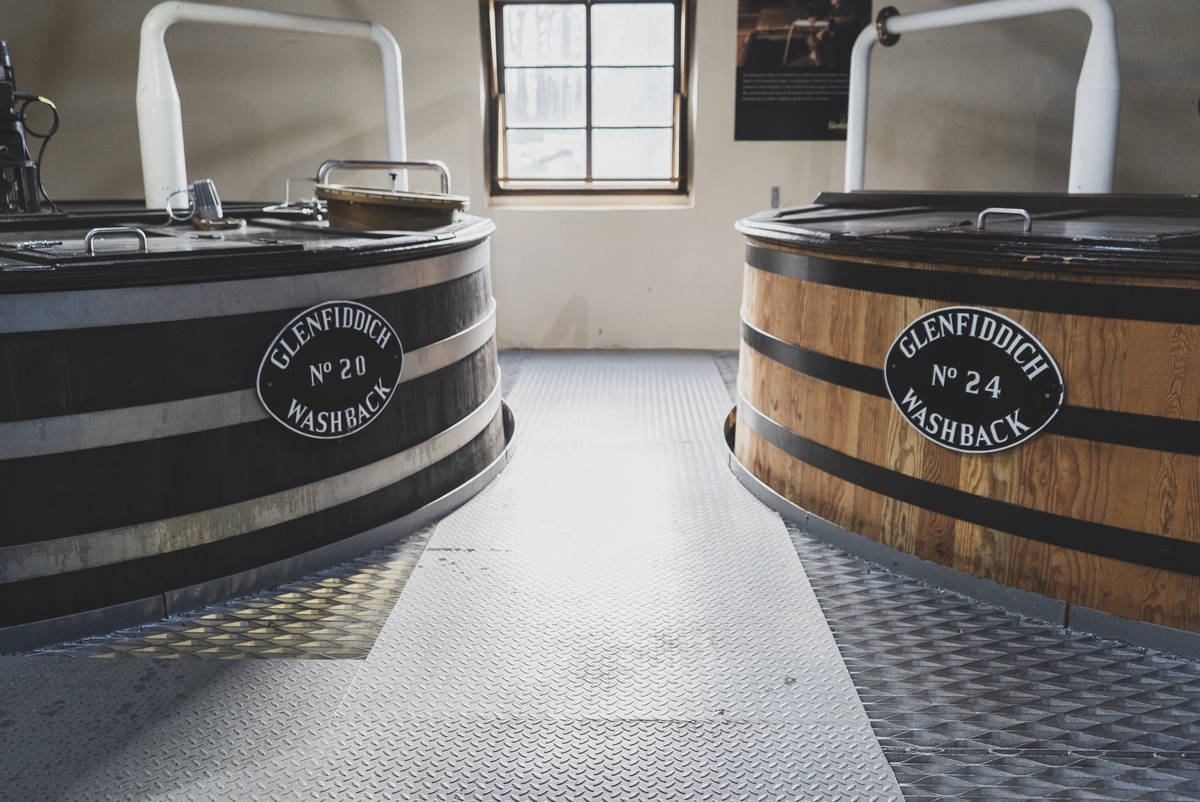
All these changes have their fans and detractors but overall from the distilleries I visited (except one – read below) we still have a good selection of people working in most areas of production that gives the product and brand that human touch.
The idea for this story came about after visiting the recently opened, shiny new Macallan distillery in Aberdour and seeing the level of automation so proudly achieved. Macallan has an amazing history and is one of the oldest brands. It is also one of the world’s most popular single malt scotch whiskies with a huge international following and attracts some of the world’s highest prices for collectable whiskies distilled from their previous distillery.
Today the capacity of the new 140 million pound distillery is unmatched as it produces over 15 million litres of alcohol per year from their 36 stills (24 spirit & 12 wash) and all distilled using no actual hands on staff except someone to watch the computer and push a few buttons. The new distillery is also home to a state-of-the-art interactive visitor centre and whisky bar that are both great (and well-staffed).
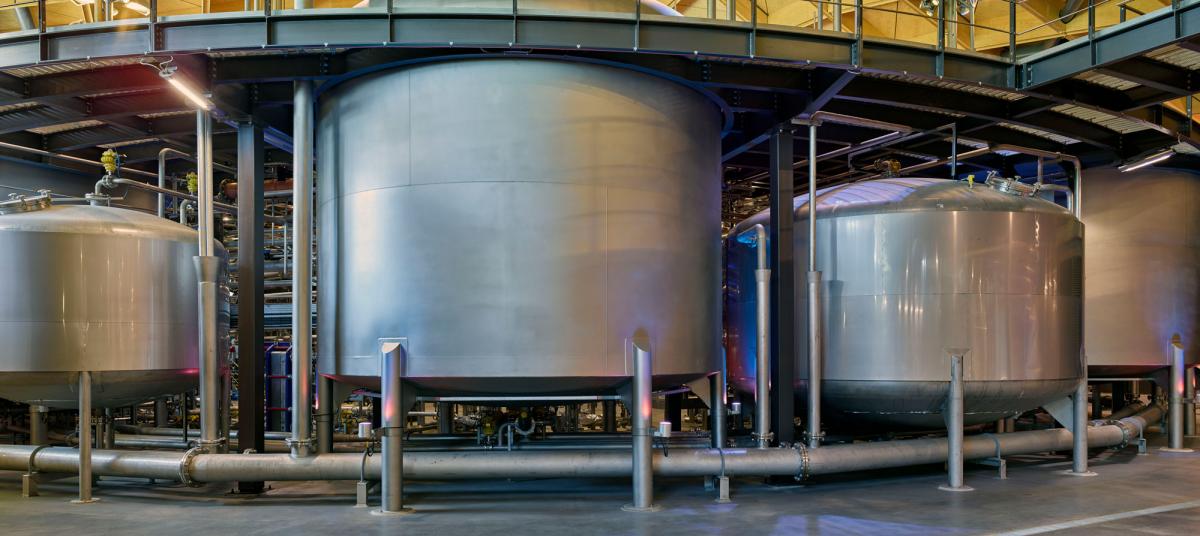
So much of a brand is the stories of the people and the place. If you take some of that away you run the risk of losing some of the romance and passion of a brand that so many depend upon in selling bottles.
If we lose the people and the different characteristics or “inconsistencies” they bring to a brand during production and replace them with automated machines and technology for more consistency and cost savings it raises the question: How automated can a distillery be for us to accept the premium price tag for a single malt whisky it or does it even matter?
Let’s be honest it’s not just some Scottish distillers that are in a feverish pursuit of automation. It’s happening in countries all over the world and business in general. Like so many business models it’s about achieving continuous profit growth (especially for publicly listed companies) and one sure way to do this is to bring down your cost of production and nothing is more costly or unreliable in an accountant’s eyes than labour.
Now let me be clear finding certain cost savings for your business is the smart move in many cases. If you’re producing a spirit to sell as a low-priced value brand or to be blended in some way then knock yourself out and get the robots working 24/7 but if your brand is positioned as a high-end single malt whisky and automated to the nth degree, is it going to be harder to justify premium prices of a more labour intensive brand or at least the special editions that collectors get excited about?
I know the spirits industry like so many industries will continue to search for ways to find efficiencies and rightly so, but I just hope this level of automation is not the future for the bigger single malt scotch whisky distilleries.
If it is, I see huge marketing opportunities for the artisan brands to have clear point of difference – made by humans…

